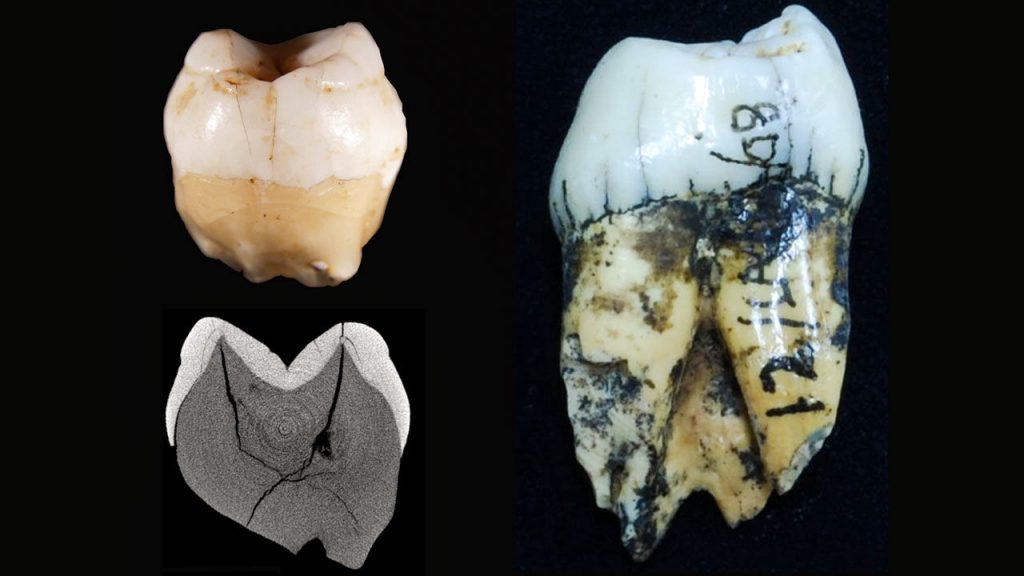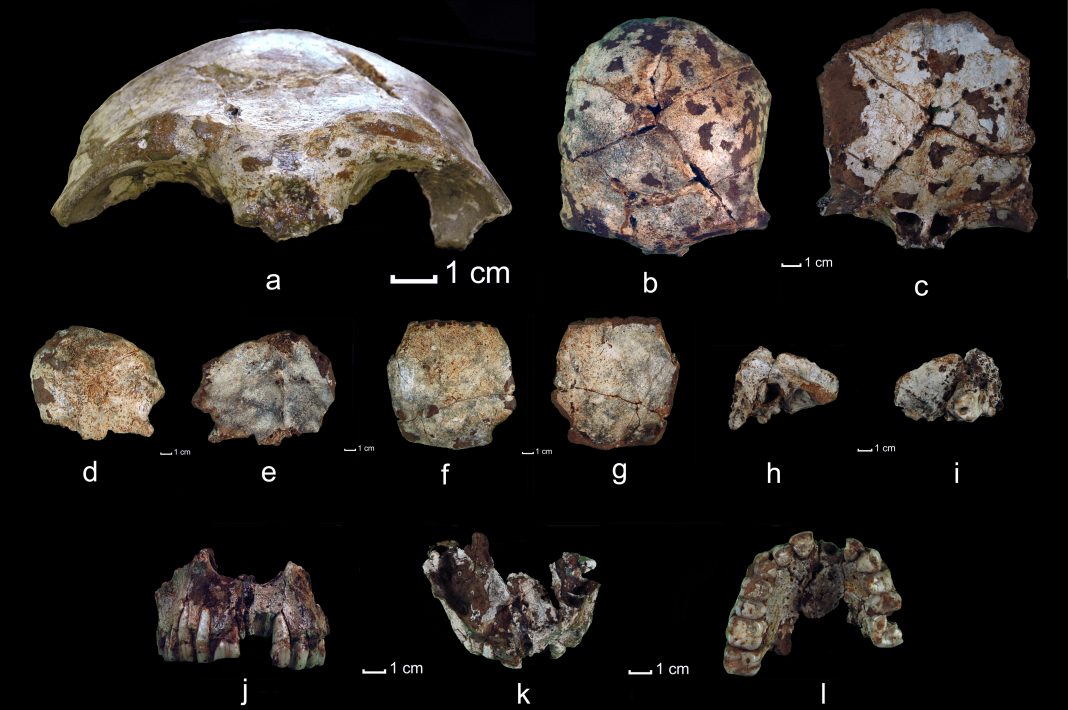The scientists, who found the skull in 2009, were likely the first to dig for ancient bones in Laos since the early 1900s, when a team found skulls and skeletons of several modern humans in another cave in the Annamite Mountains. Those fossils were about 16,000 years old, much younger than the newly found skull, which dates to between 46,000 and 63,000 years old.
“It’s a particularly old modern human fossil and it’s also a particularly old modern human for that region,” said University of Illinois anthropologist Laura Shackelford, who led the study with anthropologist Fabrice Demeter, of the National Museum of Natural History in Paris. “There are other modern human fossils in China or in Island Southeast Asia that may be around the same age but they either are not well dated or they do not show definitively modern human features. This skull is very well dated and shows very conclusive modern human features,” she said.

No other artifacts have yet been found with the skull, suggesting that the cave was not a dwelling or burial site, Shackelford said. It is more likely that the person died outside and the body washed into the cave sometime later, she said.
The find reveals that early modern human migrants did not simply follow the coast and go south to the islands of Southeast Asia and Australia, as some researchers have suggested, but that they also traveled north into very different types of terrain, Shackelford said.

Researchers at Illinois used uranium/thorium dating to determine the age of the skull, which they determined was about 63,000 years old.
The research team included scientists from Université Toulouse III; the French National Center for Scientific Research, Paris; the Department of National Heritage, Lao PDR; the Institute of Geology, University of Strasbourg, France; the Louvre, Paris; the Illinois State Geological Survey, and the geology department, both at the University of Illinois.
According to news.illinois.edu












